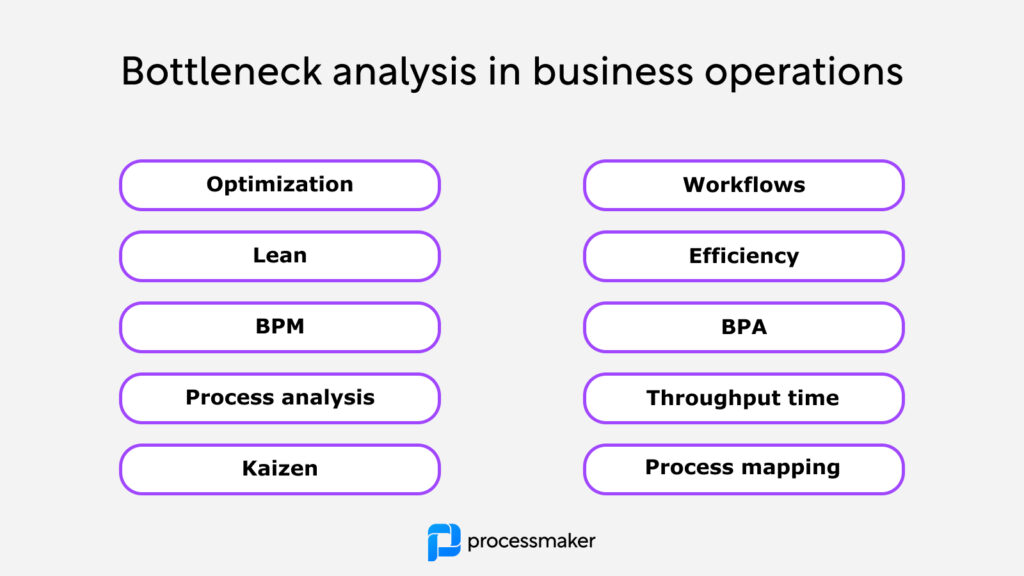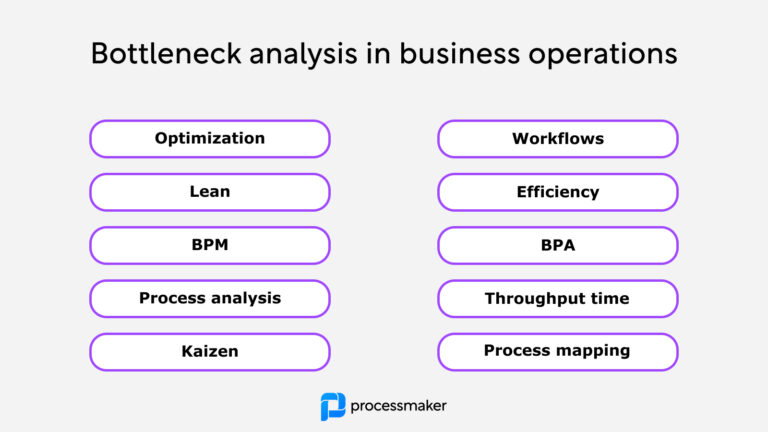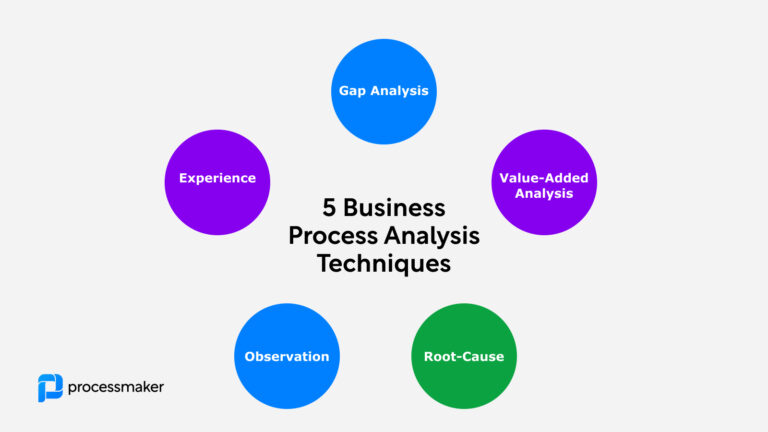As businesses grow, they face numerous challenges that affect their operational efficiency and productivity. One of the significant challenges is identifying and managing bottlenecks within production or service workflows and processes. In this article we dive into what bottleneck analysis is, its benefits, key steps for bottleneck analysis, and how it can help businesses improve their processes and systems.
What is a bottleneck in business?
Bottlenecks are the slowest or most restrictive parts of a system, process, or workflow that hinder productivity, slow growth, and negatively impact the bottom line.
A simple example of a bottleneck is a senior manager who is slow in a task, like approving an invoice. While it only takes the manager a few seconds to review and approve invoices, delaying the task can lead to the entire accounts payable or accounts receivable function within a business organization slowing down, much like the neck of a bottle slows down the flow of liquids.

Bottleneck analysis in business operations
Why should you conduct bottleneck analysis?
Bottleneck analysis is a management tool used to identify constraints and inefficiencies in a system or process that limit its capacity and productivity. It involves identifying and prioritizing the steps that take the most time, resources, or effort and analyzing them to identify the root causes of the inefficiencies. This analysis helps to pinpoint the areas for process optimization.
Benefits of Bottleneck Analysis
Bottleneck analysis is a key aspect of process analysis. It offers numerous benefits to businesses operations, including:
- Improved efficiency. By identifying the bottleneck areas in a system or process, businesses can focus their efforts and resources on those areas that need improvement, leading to more efficient and effective operations.
- Increased productivity. Addressing bottlenecks can lead to increased productivity, as the most time-consuming or resource-intensive parts of the process are optimized or eliminated altogether.
- Reduced costs. By streamlining processes and optimizing workflows, businesses can reduce their costs and improve their bottom line.
- Improved quality. Bottleneck analysis can help identify areas where quality may be compromised, allowing businesses to take corrective actions to improve the quality of their products or services.
How to conduct bottleneck analysis
In a business organization bottleneck analysis can be conducted by a business analyst or operational excellence consultant. There are many frameworks for bottleneck analysis inspired by lean or Six Sigma methodologies. At the simplest level, a bottleneck analysis typically involves the following steps:
Step 1: Identify the Process or System
Identify the process or system that needs analysis, such as a manufacturing process, supply chain, or customer service process.
Step 2: Map the Process
Map out the process or system, identifying each step and the resources required for each step.
Step 3: Identify the Bottleneck
Identify the slowest or most restrictive step in the process, the one that takes the most time or requires the most resources.
Step 4: Analyze the Bottleneck
Analyze the bottleneck to identify the root cause of the inefficiencies. This may involve gathering data, conducting interviews, or using other analysis tools.
Step 5: Develop and Implement Solutions
Develop solutions to address the root causes of the bottleneck and implement them to improve the process or system.
Step 6: Continuously monitor and improve
Bottleneck analysis isn’t a one-off task. Businesses should monitor operations constantly to prevent future bottlenecks.
Common mistakes to avoid during bottleneck analysis
Bottleneck analysis is not always easy to get right, as there are many easy mistakes to make.
Some of the most common challenges include:
- Ignoring small bottlenecks. One common mistake is overlooking smaller, less obvious bottlenecks. While they may seem insignificant, these small bottlenecks can accumulate and lead to substantial delays and inefficiencies in the overall process.
- Not considering external factors. Another mistake is not considering external factors and focusing only on internal processes. External factors like supply chain issues or market demand can also be significant contributors to bottlenecks.
- Overlooking human factors. Failing to consider human factors such as skills, morale, and staffing levels is also common. Workforce-related bottlenecks can be as impactful as process-related ones and addressing them can yield significant improvements.
- Lack of comprehensive data analysis. Bottleneck analysis often falls short due to inadequate or incorrect data. Utilizing incomplete or outdated data can lead to incorrect identification of bottlenecks and subsequently to inappropriate solutions.
- Neglecting variability. Ignoring variability in processing times and demand is another common mistake. Variability can lead to fluctuations and inconsistency in workflow, causing unexpected bottlenecks.
Bottleneck analysis tools and software
Today there are many software solutions automating the analysis and identification of operational bottlenecks. These may include:
- Process discovery software. These tools allow you to discover and diagnose bottlenecks in tasks, systems, and workflows.
- Process mining software. Typically process mining involves capturing event logs from enterprise resource systems to analyze business processes.
- Task mining software. Task mining utilizes task capture technology to analyze user interactions and activities within business applications.
- Process intelligence software. Process intelligence is an umbrella term to describe different forms of analysis tools used including both process and task mining tools.
Bottleneck analysis is a valuable tool that can help businesses identify inefficiencies, optimize processes, and improve productivity and profitability. By focusing on the bottleneck areas in a system or process, businesses can improve efficiency, reduce costs, and improve the quality of their products or services. With modern technologies like process intelligence, bottleneck analysis can be done faster and easier than ever, without the hassle of manual research and mapping.





